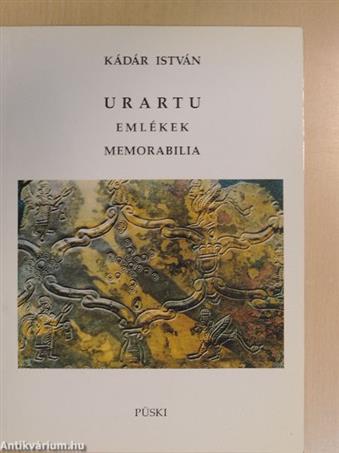Leírás
Az urartui civilizáció fémtárgyak ezreit állította elő: hatalmas szobrokat, edényeket, fegyverzeti tárgyakat, bútorokat, épületet és harci kocsikat díszítő fémelemeket, a lovas élet fémszerelvényeit.
$ 10.00
Az urartui civilizáció fémtárgyak ezreit állította elő: hatalmas szobrokat, edényeket, fegyverzeti tárgyakat, bútorokat, épületet és harci kocsikat díszítő fémelemeket, a lovas élet fémszerelvényeit.
2 készleten
Az urartui civilizáció fémtárgyak ezreit állította elő: hatalmas szobrokat, edényeket, fegyverzeti tárgyakat, bútorokat, épületet és harci kocsikat díszítő fémelemeket, a lovas élet fémszerelvényeit.
The 1956 Hungarian revolution, and its suppression by the U.S.S.R., was a key event in the cold war, demonstrating deep dissatisfaction with both the communist system and old-fashioned Soviet imperialism.
The nations and peoples of Eastern Europe – war-torn, divided, strife-ridden and subjected to persecution from both East and West – yet enduring with remarkable resilience, preserving distinct cultures and traditions while struggling to advance in a modern world.
In 1956, at the time of the Hungarian Revolution, Kopacsi was police chief in Budapest. He had fought in the anti-Nazi Resistance and welcomed the Soviet Army. Purges in the police forces during the early 1950s eventually led him to question Soviet motives. He and seven other leaders were tried and sentenced to long prison terms. This fascinating insider’s account adds a new dimension to Hungary’s history.
The story of the Hungarian Revolution from the perspective of a child.

